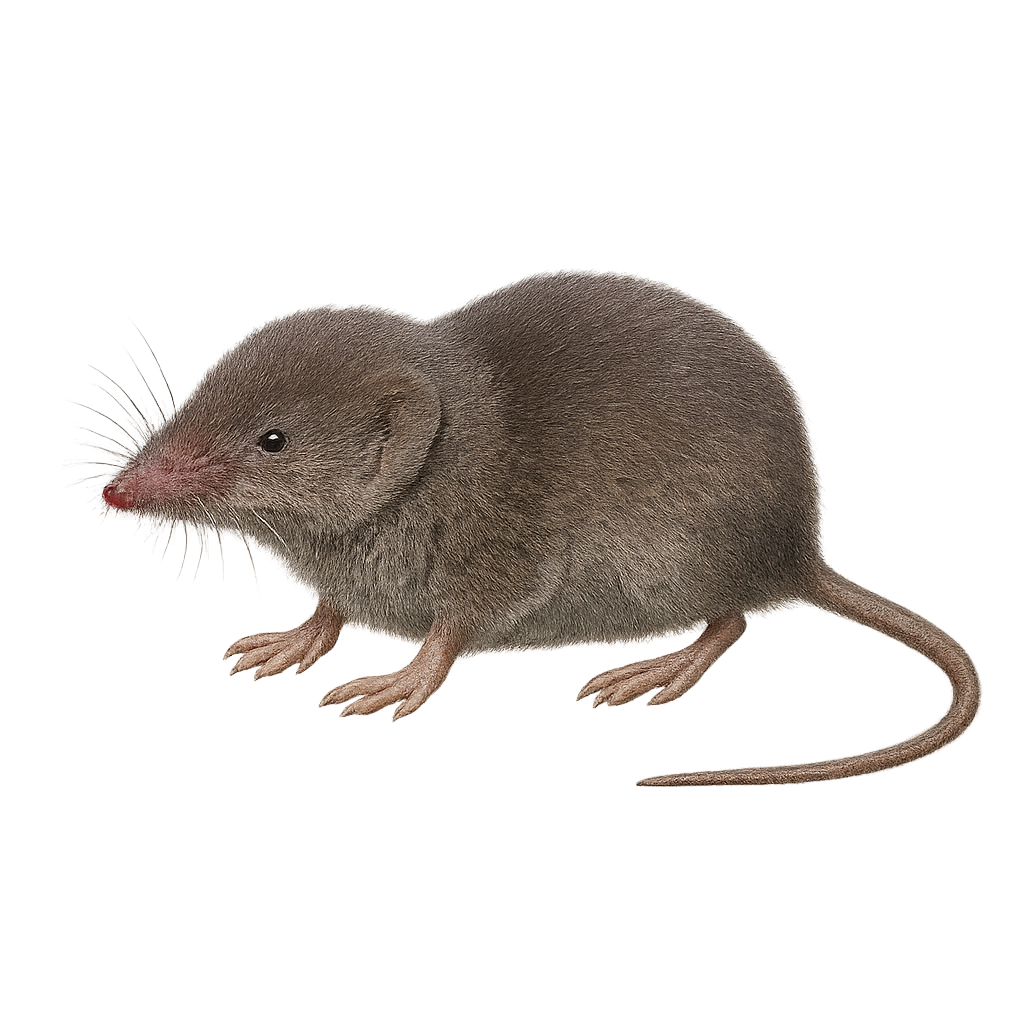Your wildlife photography guide.
Explore the crowned shrew in detail, study its behavior, prepare your shots.
Where to observe and photograph the crowned shrew in the wild
Learn where and when to spot the crowned shrew in the wild, how to identify the species based on distinctive features, and what natural environments it inhabits. The WildlifePhotographer app offers tailored photography tips that reflect the crowned shrew’s behavior, helping you capture better wildlife images. Explore the full species profile for key information including description, habitat, active periods, and approach techniques.
Crowned shrew
Scientific name: Sorex coronatus

IUCN Status: Least concern
Family: SORICIDAE
Group: Mammals
Sensitivity to human approach: Suspicious
Minimum approach distance: 3 m
Rut period: April to August
Gestation: 18-23 jours
Births: April to September
Habitat:
forests, meadows, wetlands
Activity period :
Mainly active at night, generally discreet during the day.
Identification and description:
The crowned shrew, Sorex coronatus, is a small insectivorous mammal found mainly in Central Europe. It measures about 5 to 8 cm in length, with a tail of about 4 to 5 cm. Its fur is brown on the back and lighter on the belly. It is distinguished by its elongated head and pointed snout, typical of shrews. It inhabits various environments, including forests, meadows, and wetlands. It primarily feeds on insects, larvae, and small invertebrates. Although active year-round, it is particularly active at night. The crowned shrew plays an important role in the ecosystem by regulating insect populations.
Recommended lens:
Macro – adjust based on distance, desired framing (portrait or habitat), and approach conditions.
Photography tips:
To photograph the crowned shrew, it is advisable to use a macro lens to capture the details of this small mammal. Be patient and discreet, as it is suspicious and mainly active at night. Look for it in forests or meadows, where it is more likely to forage. Use a tripod to stabilize your camera and prefer twilight hours for soft lighting. Stay at least 3 m away to avoid disturbing it and wait for it to get used to your presence.
The WildlifePhotographer App is coming soon!
Be the first to explore the best nature spots, track rutting seasons, log your observations, and observe more wildlife.
Already 1 431 wildlife lovers subscribed worldwide

